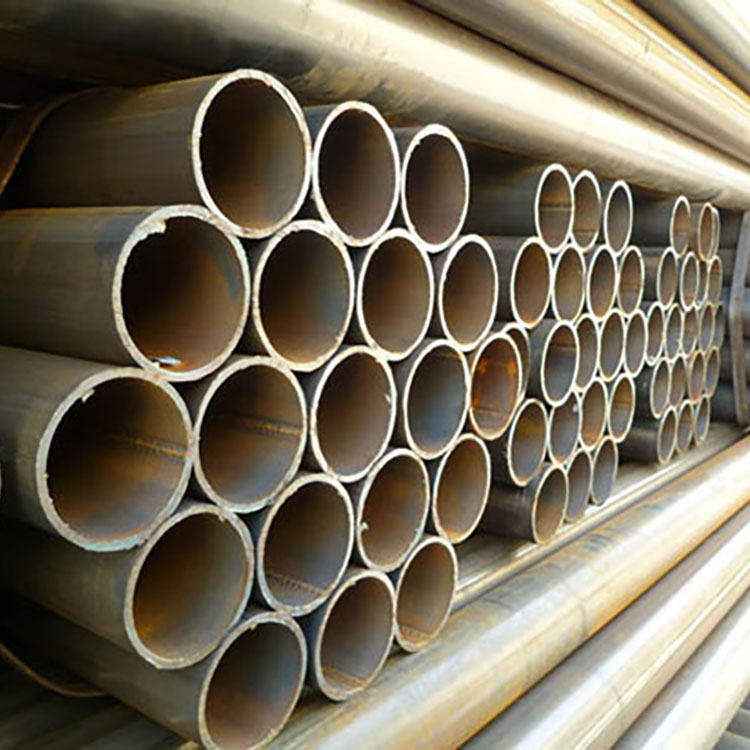Characteristics of welded pipes
2023-10-18
A welded pipe is a type of pipe that is manufactured by welding two or more pieces of metal together. The welding process creates a strong and durable connection between the sections, allowing the pipe to withstand the internal pressure and external forces it may encounter during use. Welded pipes are commonly used for various applications, including transporting fluids, gases, and solids in industries such as construction, manufacturing, and oil and gas.
Here are some key features and characteristics of welded pipes:
1. Materials: Welded pipes can be made from a variety of materials, including carbon steel, stainless steel, alloy steel, and other metals. The choice of material depends on the specific application and the required properties, such as corrosion resistance, strength, and temperature resistance.
2. Manufacturing Processes: There are several methods for manufacturing welded pipes, including:
- Electric Resistance Welding (ERW): This process involves passing a high-frequency electric current through the edges of a steel strip or coil to heat and fuse the edges together, creating a longitudinal weld. ERW pipes are known for their precision and smooth welds.
- Submerged Arc Welding (SAW): SAW involves creating a weld by feeding a flux-coated electrode continuously into the welding zone. The electrode is submerged under a layer of granular flux, protecting the weld from atmospheric contamination. SAW is often used for larger-diameter pipes.
- Gas Metal Arc Welding (GMAW) or MIG Welding: In this process, a continuous wire electrode is fed into the welding zone along with a shielding gas to protect the weld from atmospheric gases. GMAW is commonly used for stainless steel and non-ferrous materials.
- Gas Tungsten Arc Welding (GTAW) or TIG Welding: GTAW uses a tungsten electrode and an inert gas (such as argon) to create a precise, high-quality weld. It is often used for thin-walled pipes and materials that require a clean and precise weld.
- Longitudinal and Spiral Welding: Pipes can have longitudinal weld seams (running along the length of the pipe) or spiral weld seams (spiraling around the circumference of the pipe). The choice of seam type depends on the pipe's intended use.
3. Sizes and Dimensions: Welded pipes are available in various sizes and dimensions to accommodate different applications. The size is typically specified by the pipe's nominal diameter (NPS or DN) and its schedule, which indicates the wall thickness.
4. Applications: Welded pipes are used in a wide range of industries and applications, including water and sewage systems, oil and gas pipelines, structural components, automotive exhaust systems, and more.
5. Quality Control: Welded pipes undergo rigorous quality control and inspection processes to ensure they meet industry standards and specifications. This includes testing for weld integrity, dimensional accuracy, and material properties.
6. Advantages: Welded pipes are generally cost-effective, readily available, and suitable for high-pressure applications. They can be manufactured in long lengths, reducing the need for additional joints.
7. Limitations: Welded pipes may have a weld seam, which can be a potential point of weakness or corrosion if not properly protected. However, various coatings and treatments can be applied to mitigate this issue.
Welded pipes are a fundamental component of modern infrastructure, providing essential conveyance for various liquids and gases. Proper installation, maintenance, and corrosion protection are crucial to ensuring the long-term reliability and performance of welded pipe systems.



